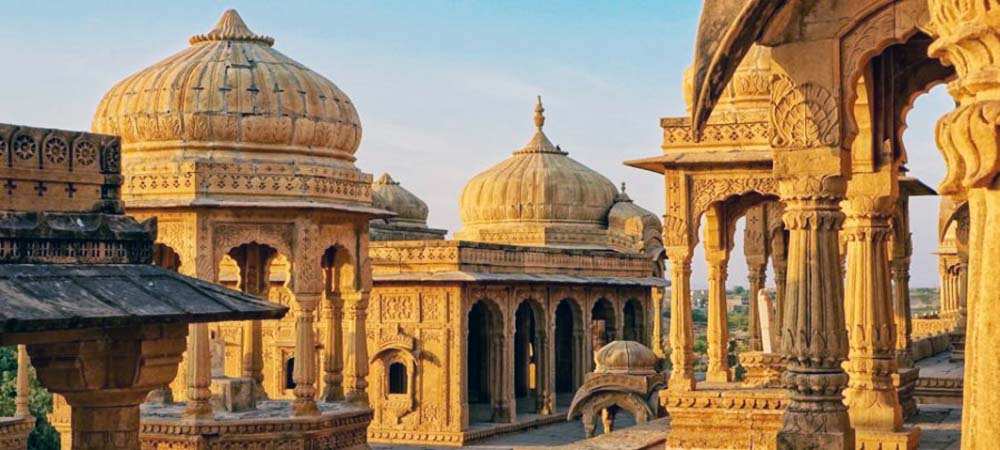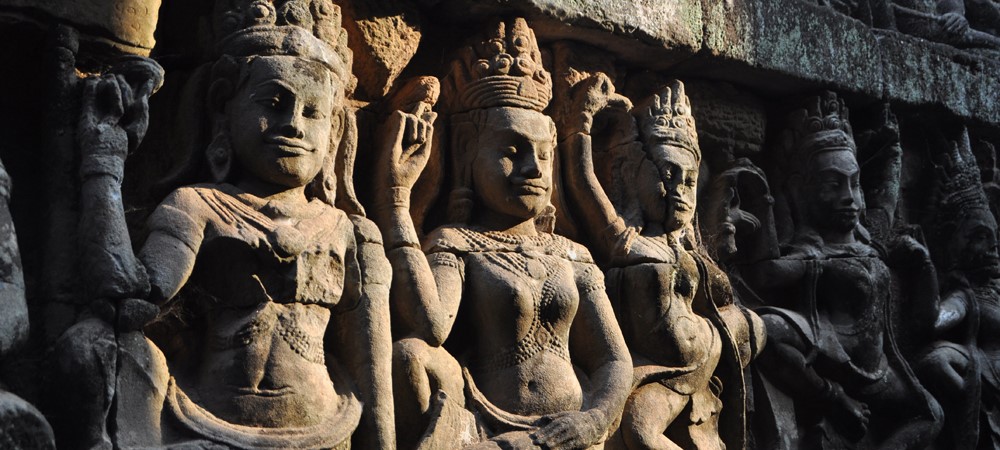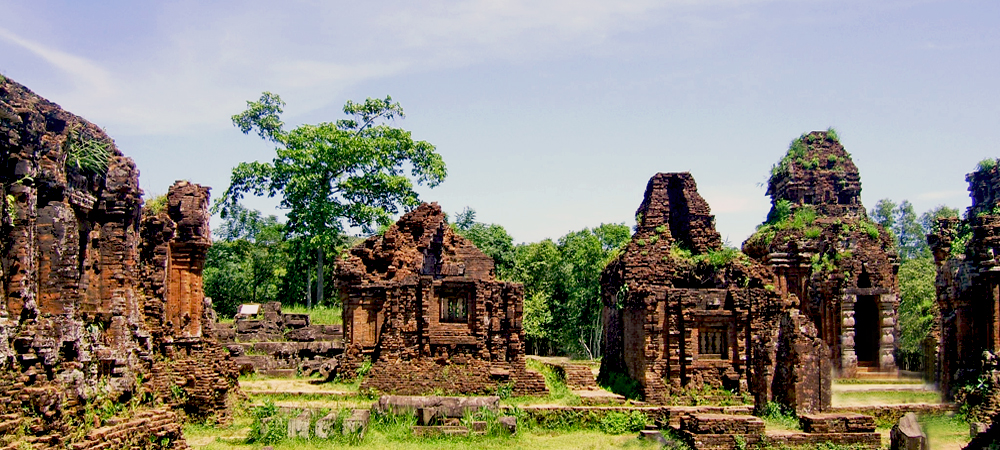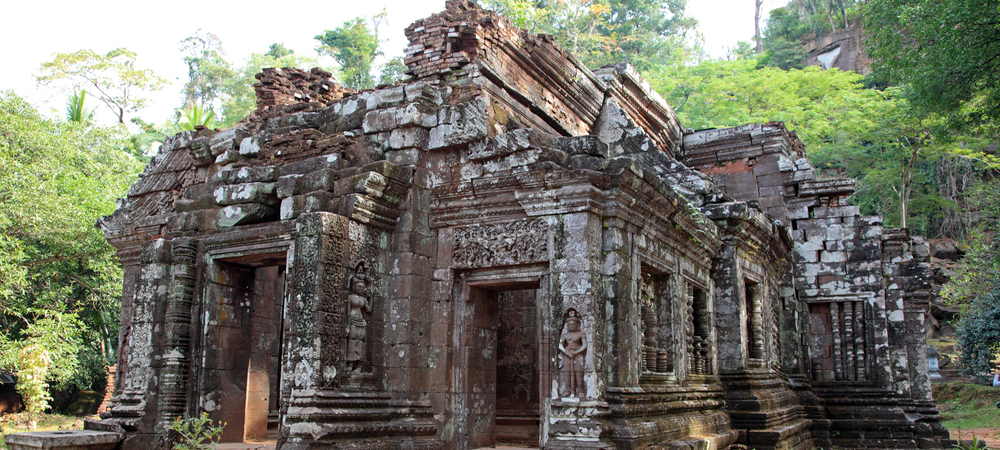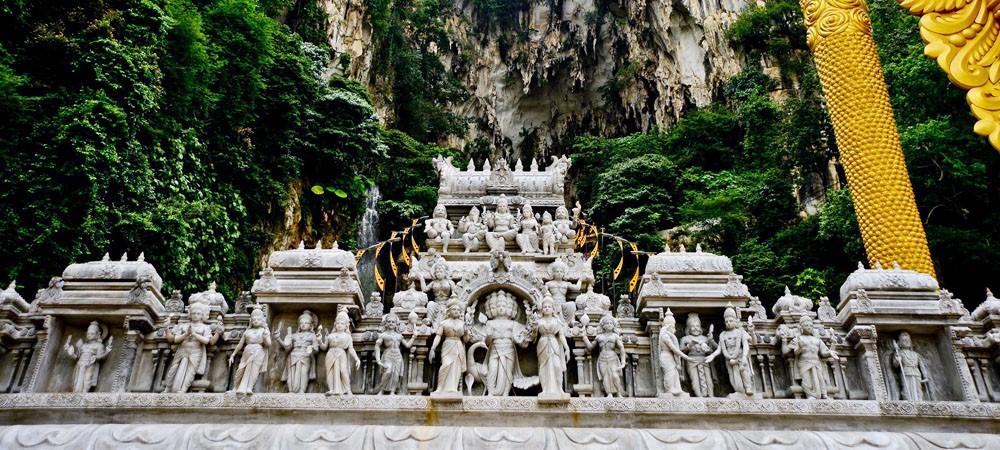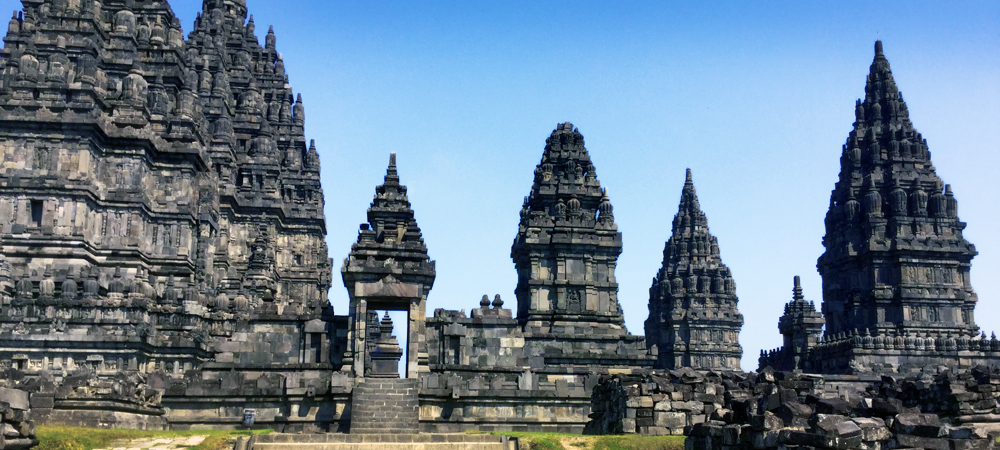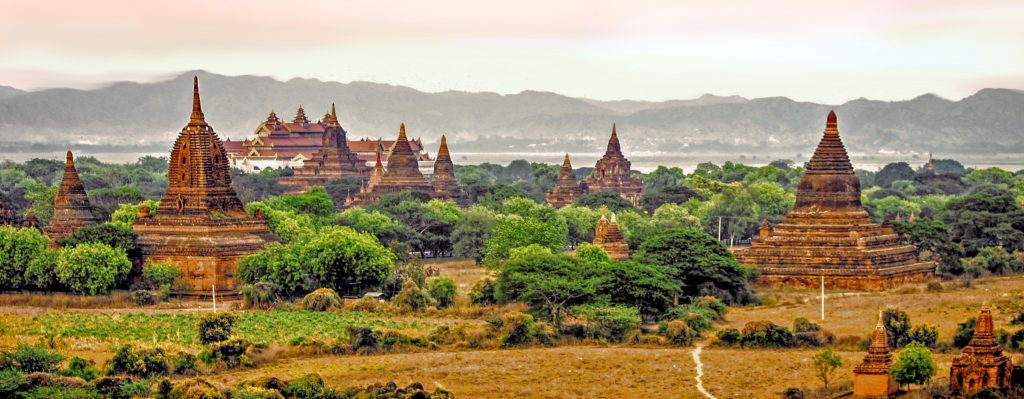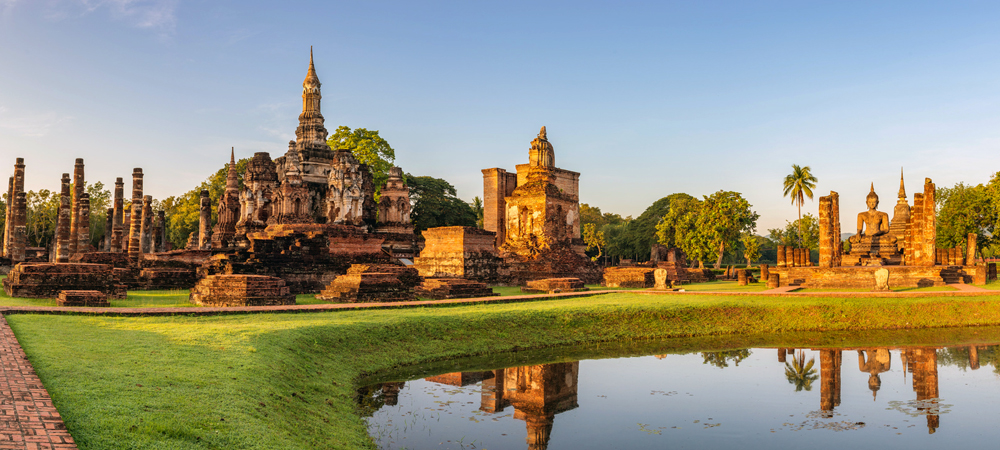Few would argue that the influence Indian culture has had on the rest of Southern Asia is comparable to the influence Ancient Greece has had on European culture.
Indeed, the first major civilisation in Asia was the Indus Valley civilisation that flourished from 3300-1700BC during the Bronze Age, and spanned across what is now Northwest India, Pakistan and some of Afghanistan.
The Indus Valley civilisation was at the time one of the most advanced civilisation in the world, with only Ancient Egypt and Mesopotamia to equal its advancements in metallurgy, planned water systems, brick-houses and urbanisation. Evidence of trade with neighbouring Mesopotamia civilisations such as the Sumerians has been found in numerous archaeological sites, but few weapons of war have ever been found which suggests the civilisation was built on trade and peaceful cooperation with its neighbours.
Nonetheless, despite prospering in peace for close to 2,000 years, the Indus Valley eventually collapsed due to over-consumption of the intricate water and irrigation systems it had built. The remnants of this 5 million strong civilisation eventually broke up and went east to what is now India, Nepal and Sri Lanka, before eventually prospering once again and eventually spreading as far as Indonesia and some parts of Vietnam.
Cambodia
Hindu Deities on Bas Relief at Siem Reap, Cambodia Temple
Modern day Cambodia has arguably the finest examples of Indian influences in South East Asia.
The Kingdom of Funan existed from 1st to 6th centuries AD and is significant because it was the first dynasty in South East Asia to adopt Hinduism as its state-religion, and adopt Hindu Astrological systems. However, Funan collapsed into civil war due to a dynastic power struggle, but eventually some 300 years later evolved into the Kingdom of Angkor.
The Kingdom of Angkor existed between the 9th century to the 13th century, and was at its peak under the reign of Jayavarman VII at the end of the 12th century covering most of Thailand (Mon Kingdom), Laos, Myanmar and the Vietnam (Champa Kingdom).
My Son Ruins, Vietnam
Today, you can see the spectacular Angkor ruins not just in Siem Reap, but also in Laos and Thailand in Champasak and Ayutthaya respectively. This is a testament to how Indian religion, astrology, architecture and engineering was channelled through the Angkor Empire.
Quite ironically, however, was that just like the Indus Valley civilisation, the Angkor Empire eventually collapsed with the complex irrigation and waterway canals it engineered. This knowledge of irrigation it had picked up from India, who kept the knowledge passed down from the Indus Valley civilisation.
Wat Phou, Luang Prabang, Laos
But despite this, Angkor Wat in Siem Reap is still the largest Hindu temple in the world, and was built and refurbished by both a long line of Hindu and Buddhist rulers which left their mark on it in various ways, the best being a huge 800-metre bas relief carving depicting the Indian Epic the Ramayana, an infamous Hindu tale of victory over evil.
Indonesia and Malaysia
Today, Indonesia is a majority Muslim country, so it may come as a surprise that its vast islands were ruled over by various Indian Hindu and Buddhist dynasties, culminating with the Srivijaya Kingdom, with its capital city of Palembang, in what is today the southernmost tip of Sumatra.
The Srivijaya Kingdom ruled over most of western Java and Sumatra from around 700AD onwards. But its expansion into East Java was prevented by the rival Buddhist Sailendra Dynasty, who built numerous Buddhist temples, including Borobudur, which is well-preserved on Java to this day. Borobudur still remains the largest Buddhist monument in the world and is considered a pilgrimage route for many Buddhists because of this. Its architectural style is also a unique blend of Indonesian animist beliefs mixed with Buddhist reliefs, of which it has the largest amount in the world. Eventually the kingdoms of Srivijaya and Sailendra merged and moved to the island of Sumatra where they controlled territory all the way up the Malaysian peninsular to the borders of the Angkor Empire.
Hindu Temple in Batu Caves, Malaysia
With the Sailendra gone from Java, the Majapahit from India colonised the island, introduced Hinduism to supplant Buddhism and then ruled independently from the Indian mainland. They became a rich and prosperous kingdom on Java where they controlled much of the highly lucrative spice trade between Europe and the Malauku Islands to the east. By the 14th century, the Majapahit had conquered the former Srivijaya-Sailendra kingdom and thus had an impressive empire that encompassed Java, Sumatra, the Malaysia peninsular as well as large pockets of Borneo and the Moluccas islands. It would finally fall in 1520AD, where a massive exodus of Hindu’s fled to what is now Bali.
Today, the remnants of these huge Indianised kingdoms can be seen not only in Borobudur, but also in Bali, which still has a thriving Hindu culture to this day, as well as the largest Hindu temple in Indonesia, located in Central Java, known as Prambanan.
Prambanan Temple, Indonesia
Other interesting influences you can see today in Indonesia and Malaysia are the designs of the Muslim mosques of Demak and Kudus, which resemble the Angkor and mainland Indian Hindu temples, as well as the Batu Caves in Malaysia, which is a cave system where numerous shrines are carved out of the limestone rock, with a huge golden statue of Lord Murugan outside.
Myanmar
Although most of southern Myanmar was settled by the Mon people who originally came from Western China, the Pyu people came first and were known to practice Hinduism back as far as 350BC.
Thus, the Mons eventually supplanted the Pyu people, and in the process adopted much of their culture, which included Indian literature, including Myanmar’s own version of the Ramayana, called the Yama Zatdaw.
Eventually the Mon people started trading with mainland India via what is now Bangladesh and the Indian state of Nagaland, and this is thought to be where they eventually adopted Buddhism.
The Mon Kingdom survived for many centuries with a dynasty of Buddhist rulers, who controlled much of what is now Thailand, where they founded another kingdom known as Dvaravati, which was eventually absorbed into the Kingdom of Pagan.
Bagan Temples, Myanmar
The Kingdom of Pagan ruled over all of Myanmar from the 11th to 13th centuries, peaking under the reign of King Anawratha from 1044 to 1077, who built many of the temples that is now part of the Pagan ruins UNESCO World Heritage Site, which rivals even the Angkor ruins today.
Thailand
Finally, Thailand is arguably the finest country when it comes to seeing the influence Indian culture had on its society today.
Sometime around the 3rd century BC, the Buddhist King Asoka of India sent Buddhist monks to what is now Thailand and ever since Thailand has been a Buddhist society.
Around 1300AD, numerous Indian merchants as well Brahmans (Hindu priests) settled in the Kingdom of Siam, and as such many Indian traditions and literatures found their way into the royal courts: This includes the Thai version of the Ramayana, called the Ramakien, as well as the belief still practised today that the King is the reincarnation of Vishnu, the Hindu god of preservation and wisdom, as well as Hindu astrology, which is still used and taken pretty seriously today by Thai people.
Temples in Sukhothai, Thailand
The influx of Brahmans and Indian traders continued well into the Ayutthaya period from 1350-1767AD, and today there are ruins just an hour drive or train journey to the north of Bangkok at Ayutthaya, which at its peak ruled over the fading Angkor Empire, as well as large swathes of the Malaysian Peninsular and Myanmar.
Even Thai language has its roots firmly in Indian culture, with the Thai alphabet being created by King Ramkhamhaeng in 1283, who modelled on the ancient Indian languages of Sanskrit and Pali, as well as some Khmer characters from the Angkor Empire.
Summary
This description of Indian cultural influences on South East Asia is by no means exhaustive, but hopefully it has given you a glimpse into the past and how that has translated into ‘living histories’ found across the region today, whether it be through architecture, religion, literature or even language.
Recommended Tours by Explorient:
- Thailand Heritage Discovery – A Private Thailand Tour of Culture & Heritage
- Myanmar & Thailand Spectacular – A Luxury Tour of Myanmar & Thailand
- Cambodia Impressions – A Culturally Inspiring Tour of Cambodia’s Past & Present
- India Spectacular – A Private Luxury Tour of India’s History & Architecture
In addition to the above, Explorient offers a wide range of high-end tour packages to India & Beyond. Also check out our Heritage & Culture Tour page and discover the endless array vacation experiences this vast continent has to offer.

